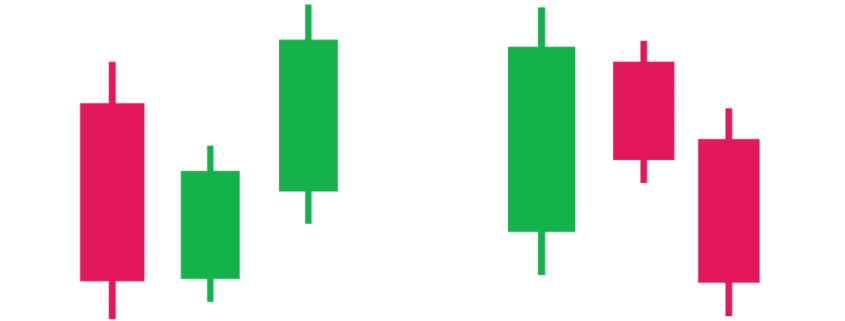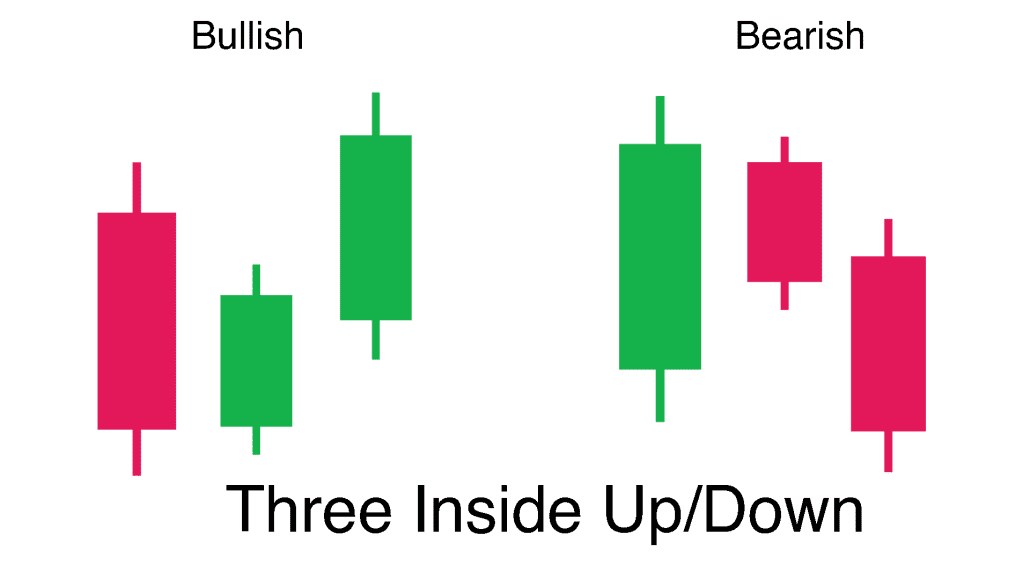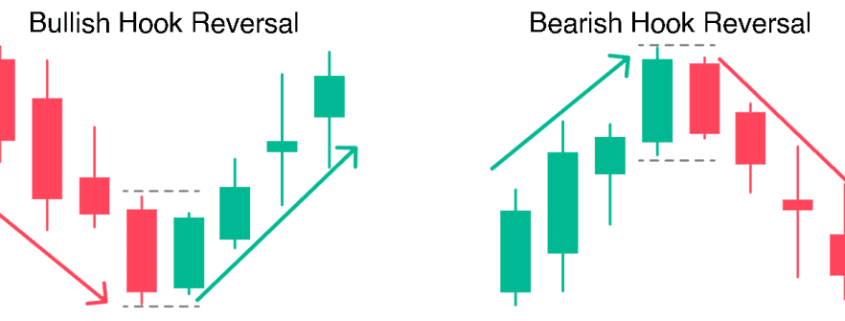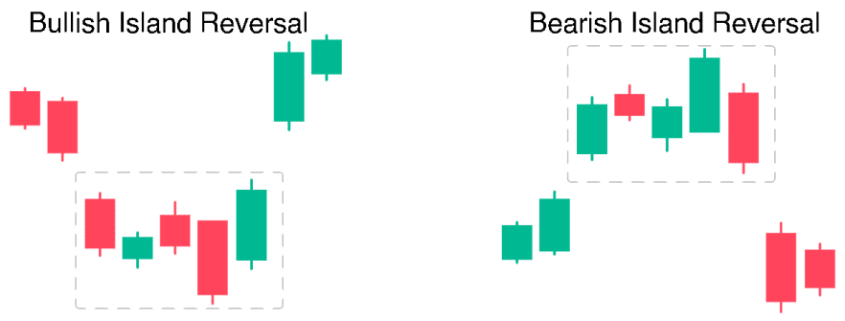Table of Contents
What Is a Tweezer?
A tweezer is a technical analysis pattern, commonly involving two candlesticks, that can signify either a market top or bottom.
Understanding Tweezers
Tweezer patterns are reversal patterns that occur when two or more candlesticks touch the same bottom for a tweezer bottom pattern or when two or more candlesticks touch the same top for a tweezer top pattern.
Tweezer bottoms are considered to be short-term bullish reversal patterns.
Tweezer tops are thought to be bearish reversals.
Essentially, with both formations, either buyers or sellers were unable to push the top or bottom any further.
Both types of patterns require close observation and research to be interpreted and used correctly.
A bearish tweezer top occurs during an uptrend when bulls push prices higher, often ending the day near the highs, which is generally considered a strong bullish signal.
On the following day, traders reverse their market sentiment.
The market opens, does not breach the prior day’s highs, and heads straight down, often eliminating most of the prior period’s gains.
Conversely, a bullish tweezer bottom is realized during a downtrend when bears continue to drive prices lower, closing the day near lows, which is usually a strong bearish trend.
Day 2 is a reversal, as prices open, do not breach the prior day’s lows, and head sharply higher.
A bullish advance on Day 2 can quickly eliminate losses from the previous trading day.
A tweezer top is identified by two candles with similar highs occurring back to back.
A tweezer bottom would see two candles with similar back-to-back lows.
Special Considerations
As an investment strategy, tweezers offer traders a level of precision when seeking to take advantage of market trends.
While tweezers can take on a variety of appearances, they all have a couple of traits in common.
Sometimes appearing at market turning points, these candlestick patterns can be used for analysis purposes—to simply indicate the possibility of a reversal—or they can be used within a broader context of market analysis to provide trade signals for trend traders.
Tweezers were made mainstream in Steve Nison’s popular candlestick charting book Japanese Candlestick Charting Techniques.
Candlestick methods are characterized by the body of a candle, which is created by the difference between the open and close, while the thin “shadows” on either end of the candle mark the high and low over that period.
Typically, a dark or red candle indicates the close was below the open.
A white or green candle highlights the price closing higher than it opened.
Concluding Thoughts
Tweezer patterns are important tools in technical analysis, providing signals for potential reversals at market tops and bottoms.
While these patterns can be effective, they should always be used in conjunction with other indicators or market signals to confirm the trend reversal.
Understanding and correctly interpreting these patterns can give traders a strategic edge in identifying short-term market shifts.







